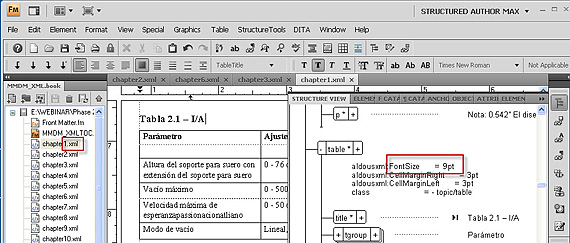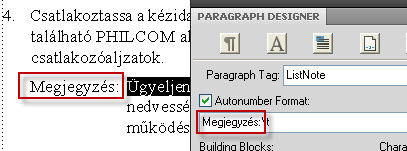FrameMaker DITA and Translation: Eliminate Round Trip to XML
GPI recently demonstrated an innovative way to publish DITA ( Darwin Information Typing Architecture), with Adobe FrameMaker that eliminates the traditional “round trip” to and from XML. Book chapters are saved directly in native DITA/XML file format, and all formatting is controlled by external files. Any “unauthorized” style/format overrides are eliminated whenever a chapter or document is saved. A link at the end of this blog post will direct you to an online video recording of this solution, which you can view. The illustration below summarizes the new workflow we have developed, in contrast to the more traditional structured FrameMaker publishing process which requires a round trip to and from XML:

Avoiding unnecessary post-translation document reconstruction
When DITA or XML files from FrameMaker are translated into target languages, your translation company may have more work required than necessary restoring post-translation formatting, if you are using an older workflow model with structured FrameMaker. Typically, most FrameMaker users create DITA or XML files in structured FrameMaker, with files saved in native FrameMaker binary *.fm format. This workflow can be quite efficient, but it can also introduce problems into your translation workflow.
The problem with format overrides in traditional structured FrameMaker documents
Binary structured FrameMaker documents have a copy of the FrameMaker template and EDD (Element Definition Document) embedded inside each document, (indicated by the hexagon shapes in the illustration above). Structured FrameMaker allows you to use traditional paragraph designer and character designer menus to perform format overrides, e.g. reduce a point size or change a font on the paragraph or character level. All such non-structured format overrides are stripped away when the document is “saved as XML” in preparation for translation.
Once XML files translated into target languages return from the translation cycle of your multilingual process, your translation company‘s DTP staff will open the XML files in FrameMaker. Structured FrameMaker will use the same structured application files (templates, EDD, etc.) to “restore” formatting. Unfortunately, all format overrides are lost, and must be manually recreated in each target language. Obviously, if extensive format overrides were applied to your source English binary structured FrameMaker files, there can be a great deal of DTP format restoration required after translation.
Benefits of native XML file format for translated FrameMaker documents
To eliminate this problem, GPI helped develop a new DITA/XML workflow for FrameMaker that does not save chapters or documents in binary structured FrameMaker format. All documents are saved in native XML format, *.xml, and formatting is controlled in “real time” through carefully designed rules and attributes governed by the EDD. The FrameMaker EDD will allow certain “format attributes” to display at appropriate element levels (e.g. table, or paragraph), and enable the author or publisher to designate an approved format override directly in XML format. Such format overrides are “persistent” and survive the documents through the translation process. The screen capture below shows a book with all chapters saved in native *.xml format, and a table that has a format override for a point size of 9 point, indicated by the attribute in the structure view in the lower right area of the screen.

This new workflow limits publishers to approved format overrides in structured FrameMaker. This model is highly effective for documentation in highly regulated industries like Medical and Life Sciences, where multiple authors must produce identical formatting. Having a limited set of approved formatting choices in structured FrameMaker is especially effective if you frequently have to rely on temporary contractors to author or revise complex documentation.
Control language-specific formatting with a single template and one DITA attribute
GPI designed the structured FrameMaker EDD to provide a language attribute at the top, DITA element level. The language specified in the attribute invokes a supplementary style sheet through DITA processing instructions that modifies language specific formatting from a single template when the XML document is opened. Only one structured template is required for 28 languages.
For instance, if Hungarian is specified in the language attribute, a hanging indent that had a paragraph prefix of “Note” will adjust the indent for text expansion and automatically replace “Note” with the Hungarian equivalent text, “Megjegyzés”. The screen capture below illustrates how the EDD used the language attribute to automatically adjust the auto number values in the paragraph that is associated with the “note” element.

